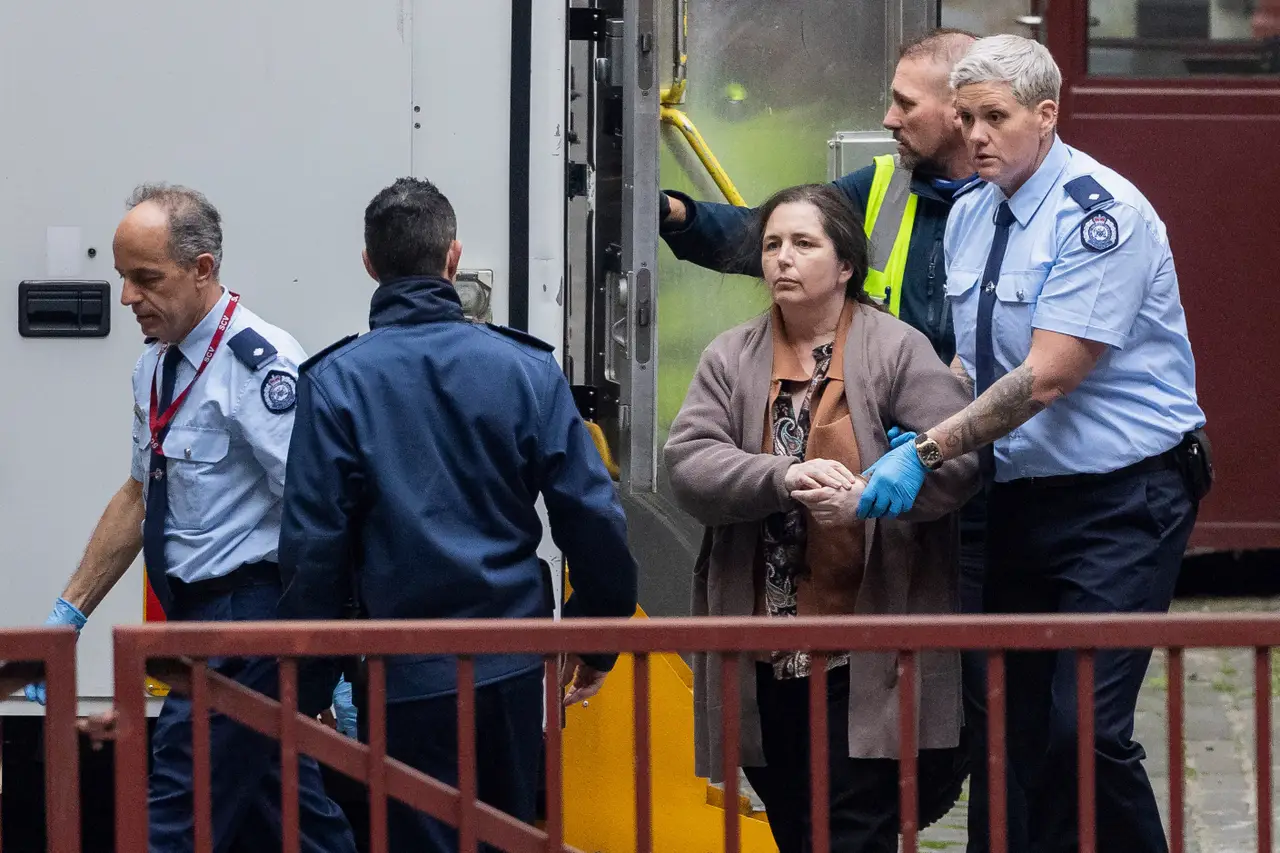Mushroom Lunch Murders Survivor Grief Statement: A Story of Loss, Survival, and Unanswered Questions
The mushroom lunch murders have gripped the public’s attention with their shocking blend of mystery, tragedy, and controversy. What was supposed to be an ordinary meal among friends ended in horror, leaving three people dead and one man as the sole survivor. That survivor has now spoken out publicly, describing his unbearable grief and how he feels “half alive” without his “beautiful wife.”
This heartbreaking statement has cast a fresh light on the human cost behind the headlines. Beyond the police investigations, toxicology reports, and ongoing speculation, the story is at its core about love, family, and devastating loss. In this article, we examine the survivor’s grief statement, the background of the mushroom poisoning case, the wider investigation, and the broader implications it raises about food safety, community trust, and justice.
The Mushroom Lunch Tragedy: A Quick Recap
The case, dubbed by many as the “mushroom lunch murders,” centers around a tragic family gathering where deadly mushrooms were unknowingly (or deliberately, depending on ongoing legal arguments) served. The meal included beef Wellington prepared with wild mushrooms. Shortly after consuming the dish, four guests became gravely ill with symptoms consistent with poisoning from death cap mushrooms (Amanita phalloides), one of the most toxic fungi in the world.
Three people—two elderly women and one man—died after days of agonizing illness. The lone survivor, Ian Wilkinson, a 68-year-old pastor, was left fighting for his life in intensive care. Miraculously, he pulled through after receiving urgent medical treatment, including a rare liver transplant.
“Half Alive Without My Beautiful Wife” – The Survivor’s Statement
After weeks of silence, Wilkinson has spoken out, and his words have shaken the public with their raw honesty. He said he feels “half alive” following the death of his wife, Heather, who was one of the three victims.
Now, I wake each morning with half of me missing.”
The grief-stricken pastor described the pain of surviving while his closest companion perished, painting a devastating picture of loss that has resonated with communities both locally and abroad. His statement makes clear that while medical professionals saved his body, his heart and soul remain broken.
The Human Toll Behind the Headlines
Too often, sensational cases like this get reduced to lurid speculation, legal arguments, and tabloid drama. But Wilkinson’s words remind us that this story is fundamentally one of human loss.
Heather, along with her sister and brother-in-law, were beloved members of their communities. They were parents, grandparents, and friends. Their lives were intertwined with countless others who are now struggling to come to terms with the shocking suddenness of their deaths.
Wilkinson’s grief statement forces us to remember: this is not just a crime story—it is a family tragedy.
The Shadow of Suspicion
From the very beginning, the mushroom lunch has been wrapped in suspicion. Authorities quickly launched an investigation to determine whether the mushrooms had been served accidentally or deliberately.
The host of the lunch, who prepared the meal, has been at the center of scrutiny. While she has denied any wrongdoing and claimed she too fell ill after eating the dish, police investigations have reportedly examined her statements, purchase history, and possible motives.
To date, no criminal convictions have been made, but the case remains under close police and media watch. The survivor’s testimony could become a critical element in any future proceedings.
Amanita Phalloides: The Deadly Mushroom
A single cap is enough to kill an adult. The toxin it contains, amatoxin, attacks the liver and kidneys, often leading to organ failure.
The danger lies in its deceptively ordinary appearance. Death caps can easily be mistaken for edible varieties such as field mushrooms. Inexperienced foragers often fall victim, though deliberate poisoning cases, while rare, are documented.
Doctors treating the survivors faced a race against time. Standard supportive care often fails, leaving liver transplants as the only lifesaving option—a path Wilkinson had to take to survive.
The Survivor’s Faith and Resilience
As a pastor, Wilkinson has drawn on his faith during this dark time. In his statement, he acknowledged moments of despair but also spoke about the strength he finds in prayer and the support of his community.
“Faith tells me I will see Heather again. But for now, I must walk this earth without her, and that is a weight heavier than I could have imagined.”
This intersection of faith and grief has resonated with many who see in Wilkinson not just a victim, but a symbol of resilience in the face of unimaginable tragedy.
Community Reaction
The towns and churches connected to the victims have rallied in support of Wilkinson and the other families.
Many community members describe Wilkinson and Heather as pillars of faith and kindness, whose absence will be deeply felt for years to come.
Food Safety and Public Awareness
One of the wider outcomes of this case has been a surge in public awareness about wild mushrooms and food safety. Authorities have issued reminders about the dangers of foraging without expert knowledge.
Supermarkets and restaurants, meanwhile, have reassured customers about the safety of commercially sold mushrooms, which are cultivated in controlled environments.
The Emotional Complexity of Survival
Survivor’s guilt is another dimension of this tragedy. Wilkinson’s statement, in which he described feeling “half alive,” reflects the burden often carried by those who outlive loved ones in catastrophic circumstances.
Psychologists note that survivors often wrestle with questions like: Why was I spared? Why not them? Such feelings can lead to long-term struggles with grief, depression, and identity. Wilkinson’s statement opens a window into this painful emotional landscape.
The Road Ahead: Unanswered Questions
While Wilkinson’s statement brings emotional clarity, it does not answer the legal and forensic questions that remain. Will charges be brought? How will the courts, if involved, untangle the web of evidence, suspicion, and testimony?
For now, Wilkinson and the families of the deceased remain caught in limbo—seeking closure in a case where truth and justice are still elusive.
A Tragedy That Transcends Borders
This story has resonated far beyond the small Australian community where it occurred. International headlines have highlighted the extraordinary mix of elements—food, family, faith, mystery, and mortality—that make this case both horrifying and compelling.
Yet at its heart, it is a story of love lost. Wilkinson’s grief statement is a stark reminder that the real cost of this tragedy cannot be measured in news cycles or police reports, but in the broken hearts of those left behind.
Conclusion: Living “Half Alive”
The mushroom lunch murders may remain under legal dispute for months or even years, but one truth is undeniable: lives have been shattered.
For Ian Wilkinson, survival itself is bittersweet. He is alive, but, as he says, only “half alive” without Heather. His words remind us that grief is not an abstract concept but a daily, grinding reality for those who lose their loved ones in sudden and shocking circumstances.



